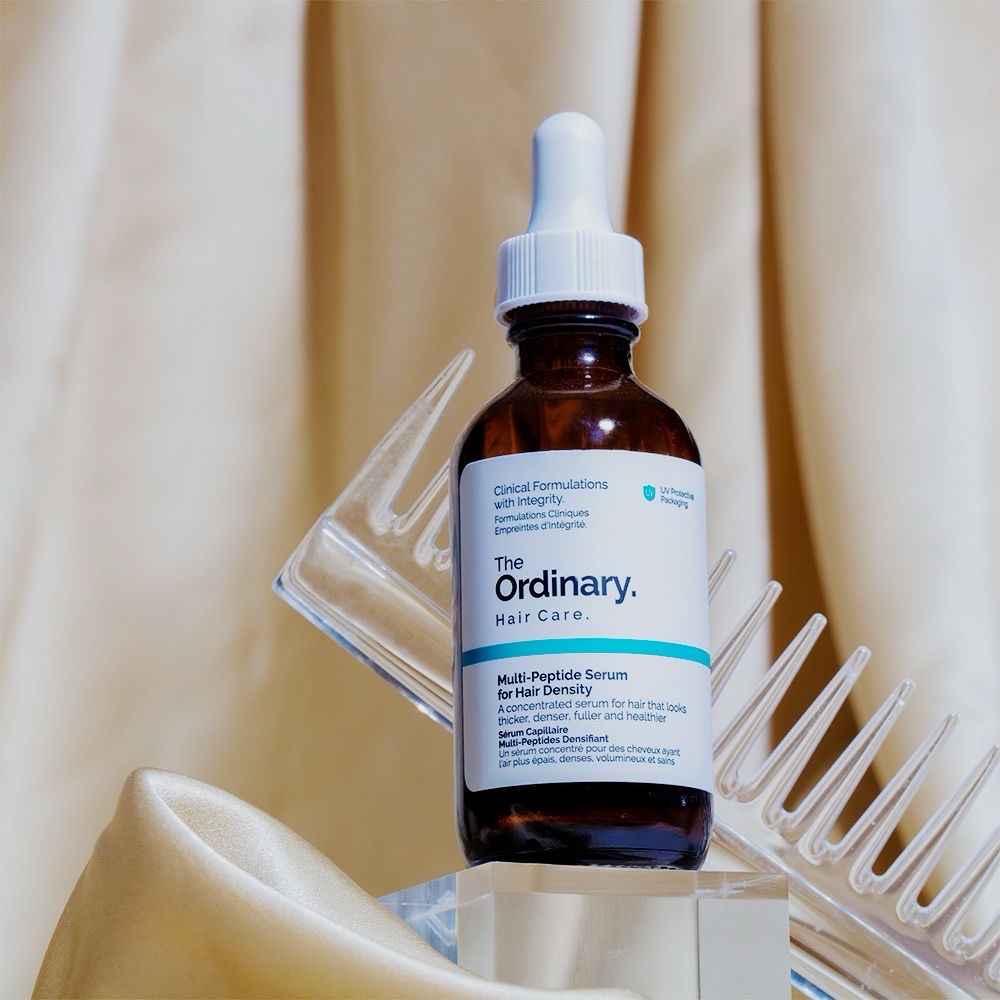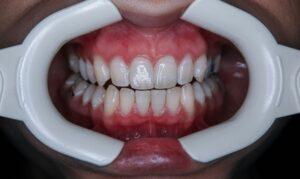Hair transplants offer a long-term solution to hair loss, but many patients wonder whether they should continue or start using minoxidil and finasteride post-surgery. These two medications are among the most popular and well-researched treatments for combating hair loss, and they can have a significant impact on both the short-term and long-term success of your transplant.
In this in-depth guide, we will explore why these medications are recommended after hair transplant surgery, how they work, their potential side effects, and the best practices for incorporating them into your post-transplant care routine.
Understanding the Role of Minoxidil and Finasteride
Before diving into their post-transplant use, it’s essential to understand how minoxidil and finasteride work independently and why they are effective treatments for hair loss.
What is Minoxidil?
Minoxidil is a topical medication that is applied directly to the scalp, available over the counter in liquid or foam forms. Originally used as a treatment for high blood pressure, researchers discovered that one of the side effects of minoxidil was the unexpected growth of hair. It works by increasing blood flow to the hair follicles, promoting more robust hair growth and prolonging the anagen phase (growth phase) of the hair cycle. Minoxidil is typically applied twice daily and is available in two strengths: 2% and 5%.
How Minoxidil Works:
- Stimulates Hair Follicles: Minoxidil opens potassium channels in hair follicles, which increases blood circulation and brings more oxygen and nutrients to the hair follicles.
- Extends Hair Growth Phase: Minoxidil prolongs the anagen phase, which is when hair grows the most.
- Increases Hair Thickness: It can thicken the diameter of existing hair strands, making hair look fuller.
What is Finasteride?
Finasteride is an oral prescription medication commonly known by the brand name Propecia. It was developed to treat enlarged prostates but was later found to be highly effective in treating male pattern baldness. Finasteride works by inhibiting the action of the enzyme 5-alpha reductase, which converts testosterone into dihydrotestosterone (DHT). DHT is a hormone that causes hair follicles to shrink, leading to hair loss. By lowering DHT levels in the scalp, finasteride helps preserve existing hair and slows the progression of hair loss.
How Finasteride Works:
- Reduces DHT Levels: Finasteride lowers scalp DHT levels by about 60-70%, preventing further miniaturization of hair follicles.
- Prevents Further Hair Loss: By stopping DHT from affecting the follicles, finasteride helps maintain the hair that has not yet been affected by balding.
- Promotes Hair Regrowth: In some cases, finasteride can promote the regrowth of hair that was recently lost due to DHT.
Why Minoxidil and Finasteride are Prescribed Together
While both medications address hair loss, they do so through different mechanisms. Minoxidil promotes new hair growth by increasing blood flow to the follicles, while finasteride tackles the root cause of male pattern baldness by reducing DHT levels. Used together, they can significantly slow hair loss, encourage new hair growth, and enhance the density and appearance of transplanted and non-transplanted hair.
Why Should You Use Minoxidil and Finasteride After a Hair Transplant?
While hair transplants provide a lasting solution by physically moving hair follicles from a donor area to a recipient area, they do not address the underlying causes of androgenetic alopecia or other types of hair loss. This means that while the transplanted hair will not be affected by DHT and should grow normally, the non-transplanted hair is still vulnerable to ongoing thinning and eventual loss.
Here are the main reasons why using minoxidil and finasteride after a hair transplant is beneficial:
1. Prevents Further Hair Loss
One of the primary reasons to use these medications post-transplant is to prevent further hair loss in areas that were not treated surgically. While hair transplants only focus on specific areas of the scalp, they don’t stop the natural progression of hair loss in untreated areas.
For example, if you had a hair transplant to restore your hairline, but the hair on the crown of your head is still thinning, finasteride can help slow or stop hair loss in the crown area. Minoxidil, when applied to thinning areas, can help maintain the existing hair and even encourage new growth, minimizing the need for future transplants.
2. Maximizes the Results of the Transplant
The results of a hair transplant can take months to fully manifest. After the initial procedure, it’s normal for some of the transplanted hair to fall out in a process called shock loss. This is followed by a growth phase that can take 6-12 months to reach its full potential. Using minoxidil post-transplant can accelerate the regrowth phase by stimulating the follicles, leading to faster, more visible results.
Similarly, finasteride can help ensure that you maintain as much of your natural hair as possible, which improves the overall density and coverage post-transplant.
3. Increases Hair Density
Hair transplants are often limited by the number of available donor hairs. In some cases, especially in patients with extensive baldness, the transplanted hair may appear somewhat thin because there is a limited amount of donor hair to cover large areas of baldness. Minoxidil can help increase the thickness and density of both transplanted and non-transplanted hair by promoting the growth of existing hair follicles and encouraging dormant follicles to enter the growth phase.
This can be particularly useful for patients with fine hair or those who require additional density in their transplant results.
4. Delays the Need for Additional Transplants
Some patients may require multiple hair transplant sessions to achieve their desired results, especially if their hair loss continues to progress after the first transplant. By using minoxidil and finasteride post-transplant, you can delay the need for additional procedures by maintaining your non-transplanted hair and improving the overall appearance of your scalp.
Since hair transplants are limited by the available donor hair, preserving as much of your natural hair as possible will give you more options in the future if you need another transplant.
When to Start Using Minoxidil and Finasteride After a Hair Transplant
Timing is crucial when it comes to starting these treatments after a hair transplant. Your surgeon will provide specific guidance, but here’s a general breakdown of when you can begin:
Minoxidil
It is generally recommended to start using minoxidil 2 to 4 weeks after your hair transplant. This gives your scalp time to heal and prevents irritation of the surgical sites. Starting too early can interfere with the healing process or cause adverse reactions.
Minoxidil may initially cause some of your newly transplanted hair to shed, but this is a normal part of the process. Once you get past the shedding phase, minoxidil will help stimulate new hair growth and improve overall density.
Finasteride
Finasteride can often be started before the hair transplant and continued afterward without interruption. Because finasteride works internally by reducing DHT levels, it doesn’t interfere with the transplant process itself. Starting finasteride before your transplant can help stabilize your hair loss and ensure that the non-transplanted hair remains as healthy as possible.
Some patients are advised to begin finasteride at least 3 to 6 months before their transplant to slow down hair loss and maximize the success of the procedure.
Pros and Cons of Using Minoxidil and Finasteride After a Hair Transplant
Benefits of Minoxidil After a Hair Transplant:
- Promotes Faster Growth: Stimulates the newly transplanted hair follicles, helping them grow sooner and faster.
- Enhances Hair Density: Thickens both transplanted and non-transplanted hair, improving the overall appearance.
- Prevents Shock Loss: Reduces the chance of prolonged shedding during the shock loss phase.
- Non-Invasive: It’s a topical treatment with few systemic side effects, making it a relatively easy addition to your routine.
Drawbacks of Minoxidil:
- Skin Irritation: Some patients experience itching, flaking, or redness on the scalp.
- Continued Use Required: To maintain the benefits, minoxidil must be used long-term. Stopping it will cause any regrowth to shed over time.
- Slow Results: It can take 3 to 6 months to see visible improvement, which can be frustrating for some patients.
Benefits of Finasteride After a Hair Transplant:
- Prevents Further Hair Loss: Finasteride effectively halts hair thinning in non-transplanted areas by blocking DHT.
- Promotes Regrowth in Native Hair: In some cases, finasteride can reverse miniaturization, leading to the regrowth of hair that had recently begun thinning.
- Long-Term Solution: For many men, finasteride offers a long-term maintenance solution, protecting both transplanted and non-transplanted hair from DHT-related loss.
Drawbacks of Finasteride:
- Potential Side Effects: A small percentage of men experience sexual side effects, including decreased libido, erectile dysfunction, or reduced semen volume. These side effects are often reversible once the medication is discontinued.
- Need for Long-Term Use: Like minoxidil, finasteride must be used continuously to maintain its effects. Stopping the medication will allow DHT levels to rise again, leading to resumed hair loss.
- Not Suitable for Women: Finasteride is primarily prescribed for men. Women, especially those of childbearing age, should not use finasteride due to the risk of birth defects if exposed during pregnancy.
Who Should Consider Using Minoxidil and Finasteride After a Hair Transplant?
Ideal Candidates for Post-Transplant Use:
- Men in Early or Mid-Stages of Hair Loss: If you are still experiencing active hair loss, finasteride can help preserve your existing hair, and minoxidil can stimulate growth in thinning areas.
- Patients Looking for Maximum Density: If you are concerned that your hair transplant may not provide the density you want, minoxidil can help by thickening both transplanted and non-transplanted hair.
- Men with Ongoing Hair Loss: If your hair loss is progressive, you will likely benefit from continuing finasteride to prevent further thinning in areas not addressed by the transplant.
Who Might Not Need These Medications:
- Patients with Stable Hair Loss: If your hair loss has stabilized (usually in older patients), you may not need to continue finasteride or minoxidil to maintain your results.
- People Who Can’t Tolerate the Side Effects: If you experience intolerable side effects from finasteride or minoxidil, alternative treatments or procedures may be necessary. Always consult your doctor to find a plan that works for you.
Conclusion: Should You Use Minoxidil and Finasteride After a Hair Transplant?
Using minoxidil and finasteride after a hair transplant is not mandatory, but it is highly recommended by most hair transplant surgeons to optimize the results and prevent future hair loss. These medications complement the surgery by addressing hair loss in untreated areas and enhancing the density of both transplanted and non-transplanted hair. While they do require long-term commitment, their benefits in preserving and enhancing your hair transplant results often outweigh the potential drawbacks.
If you’re considering a hair transplant or have already undergone one, talk to your hair restoration specialist about incorporating minoxidil and finasteride into your post-op care plan. This combination can help ensure that you not only achieve the best possible results from your hair transplant but also maintain them for the long term.




